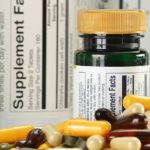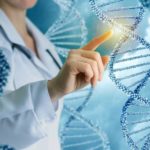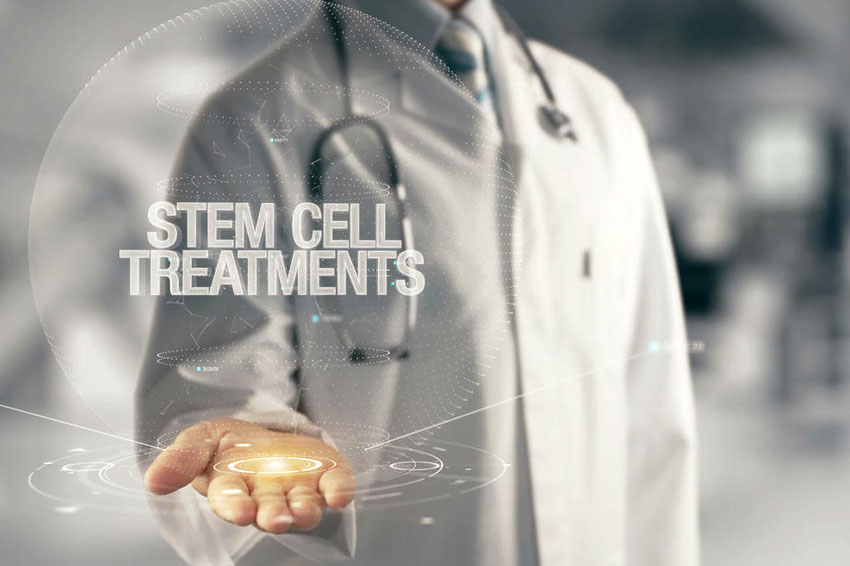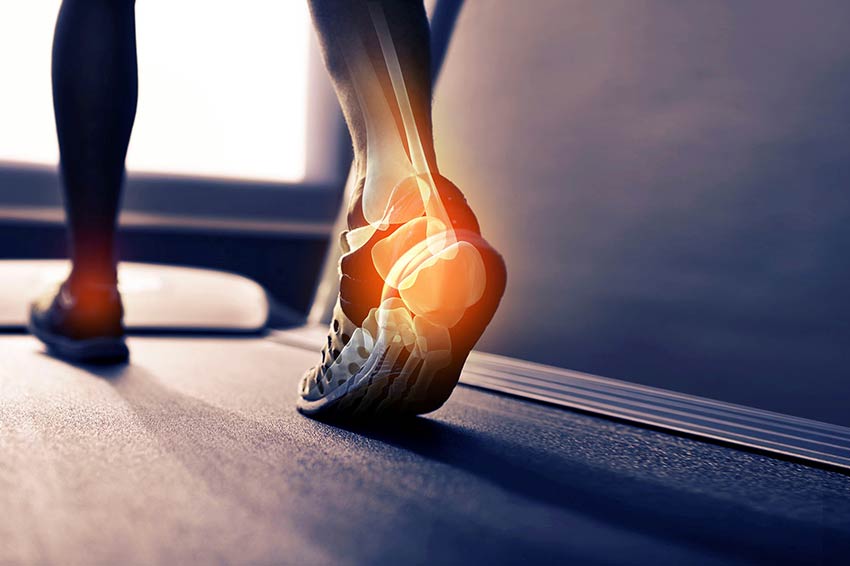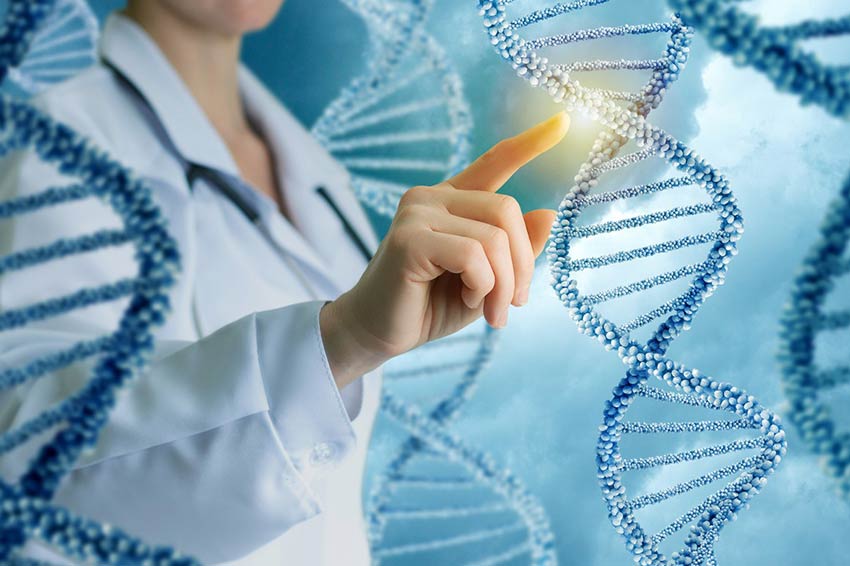
5 Questions to Ask Before Stem Cell Therapy
Knowledge is Power…It’s Also Good For Your Health!
The field of stem and regenerative therapy continues to promise new and exciting developments to address many of today’s most challenging diseases. By unlocking new scientific discoveries or reaching new biological understanding, scientists and doctors give hope. This hope can naturally lead to many questions for patients and/or their loved ones looking for answers, and most importantly, solutions or treatments for their conditions. To help wade through some of the fact vs. fiction, below are 5 questions one should ask before receiving stem cell therapy.
- What kind of Stem Cells are being used? There is a lot of confusion around this topic, which one would think is straightforward. A stem cell is a stem cell, correct? Well, the truth is that there are a number of sources of stem cells, each with their own set of attributes. These different cell sources include bone marrow, adipose, cord blood, and embryonic stem cells. The last category certainly carries a degree of ethical controversy. One key word here is “cells.” A number of practitioners today use a popular treatment called platelet rich plasma, or commonly known as PRP. To be clear, PRP is a blood based collection of various factors derived from platelets. Did you know that platelets are not technically cells (they do not have a nucleus), but only pieces of cells derived from bone marrow that lack the machinery of normal cells. Furthermore, did you know that they only live 7-10 days (Dhillon RS, et al-Platelet-rich plasma therapy – future or trend? Arthritis Res Ther. 2012; 14(4): 219). Finally, the biological messengers produced by platelets last only hours. Instead of looking at PRP as a source of factors, look for cell sources that have staying power and can make more of these important factors. In other words, bypass the middle man and go straight to the source! Ultimately, patients should be asking their physicians why use a particular cell source and is it the best source for their particular condition.
- Is the processing and administration performed by an experienced and accredited team? Regenerative and stem cell medicine is fast becoming a specialty, with an ever-expanding roster of meetings, sub-specialty areas of focus (e.g., musculoskeletal), and near constant new developments. Always remember from the waiting room to the operating room, patients put their health in the hands of their doctors, and their respective teams. Trust those with specific experience in this field. Take the time to talk to your prospective physician about their experience, certifications, and general approach to stem cell therapies. Physicians who are truly experts won’t be put off in the least—in fact, physicians very much appreciate patients who are properly informed. It’s a sure sign of someone investing in their own health!
- What kind of optimization is performed prior to the actual stem cell therapy? One of the mechanisms of action in which stem cells are believe to function relate to what is called the niche, or generally speaking the biological environment (Ferraro F, et al. Adult Stem Cells and Their Niches. Adv Exp Med Biol. 2010; 695: 155–168). As stem cells are believed to work, in part, by changing the body’s environment, it’s crucial to have one’s body in an optimal, ideal state to maximize the impact of the treatment. Ask the doctor or the staff the steps or treatments prescribed to optimize the cell therapy. For example, how is nutrition and the body’s level of inflammation tailored to take full advantage of powerful regenerative cells. Look for an integrative, comprehensive approach to care and not just cells in isolation.
- How are the stem cells activated before application? As one’s body should be optimized to receive stem cell therapies, so should the cells themselves. However, most clinics overlook this important aspect. Activation of cells primes cells to home to areas of injury, detect cellular forms of injury (e.g., inflammation), and ultimately maximize the number of important growth factors or messengers which bring and aid in healing and renewal. An example of activation includes the use of laser/UV light and/or PRP activation. Ask the doctor or the clinic staff—again, a staff happy to share is a good sign.
- What kind of results have been seen? Unfortunately, the stem cell field has a number of rogue clinics who take advantage of the hope for their unilateral financial gain. This not only deprives patients and their loved ones with potential real therapies, but serves to damage the field. One method to discriminate between leading clinics and those existing for quick financial gain is the type of data they keep on their procedures. Is there data collection on their procedures, volumes, and clinical outcomes or simply testimonials from single patients? While a clinic without formal statistics may still offer a high standard of care, those that keep track and monitor results surely adhere to a high level of professional standards.
In sum, simply because the pace of progress for stem cell therapies is fast and furious, your choice of clinics and doctors should be slow and deliberate. Ask questions and listen carefully, as if your health depends on it.

